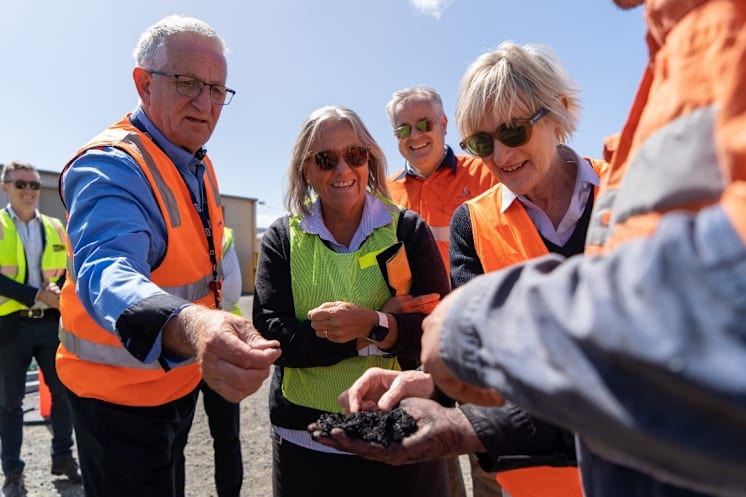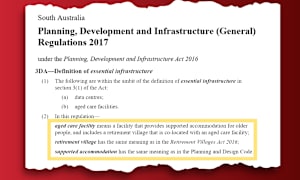Australia’s aged care facilities generate over 50,000 tonnes of incontinence waste each year. Currently, all that waste goes to landfill.
Incontinence products, including those used in aged care, account for 18,000 tonnes of CO2 emissions from landfill every year.
But Swedish hygiene company Essity, which manufactures and sells TENA incontinence products, is trialing a more environmentally friendly method of disposing of the waste with the support of the Federal Government.
According to Essity, at least 77% aged care residents are incontinent, and one in four women will be incontinent at some stage in their lives.
“Aged care providers are placing greater emphasis on sustainability and they’re looking to their suppliers for solutions,” Jody Scaife, Executive General Manager B2B, Essity Australasia, told The SOURCE."
“Waste disposal remains a significant challenge for our category.”
Now, following years of research and testing, Essity has launched Project Divert, a trial to assess the commercial viability of a ‘Product Stewardship Scheme’ for absorbent hygiene waste.
Project Divert uses pyrolysis technology, which heats waste materials in the absence of oxygen, meaning it generates lower emissions than conventional incineration.
Through the pyrolysis, the waste is converted to a biochar, which can have commercial uses.
Essity gives providers special bins for all waste involved in continence care, including soiled pads, wipes, and PPE gloves. The bins are swapped with clean ones and the waste is transferred to the Project Divert site for processing.
The oxygen-less oven means waste can be managed without adjusting and on a large scale.
A mix of large and small aged care providers in the southeast suburbs of Melbourne and Gippsland region, that are TENA customers, have been involved in the trial.
Aged care providers are keen to find a more environmentally responsible and cost-effective way to deal with incontinence product waste, Jody said.
“It costs the industry more than $5 million to dispose of incontinence waste and the volumes are projected to grow as our population ages,” Jody said.
“Project Divert will help us to better understand cost-effective and practical ways to handle, transport and process this waste.”










